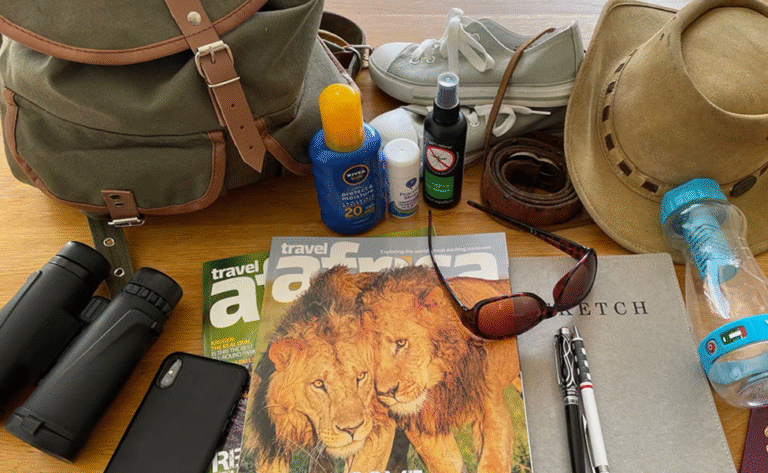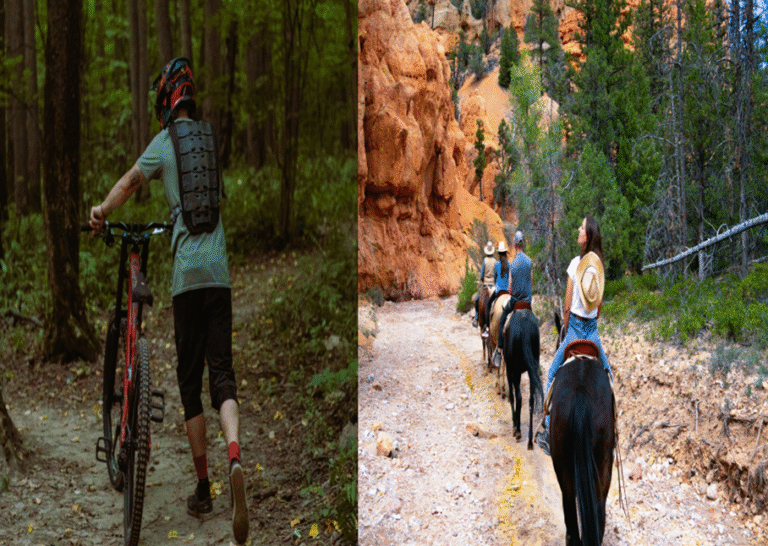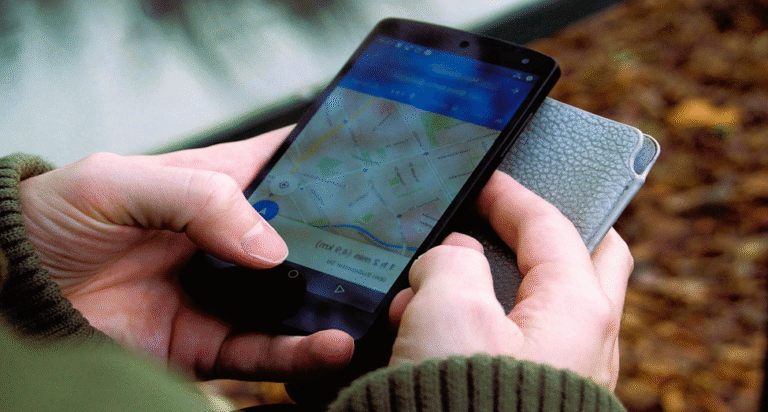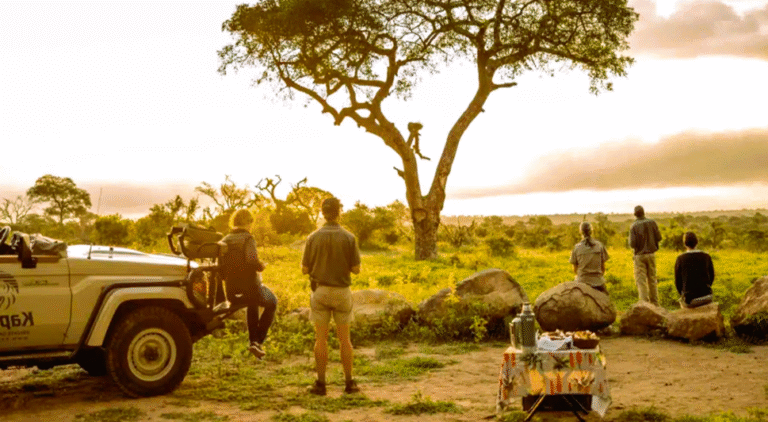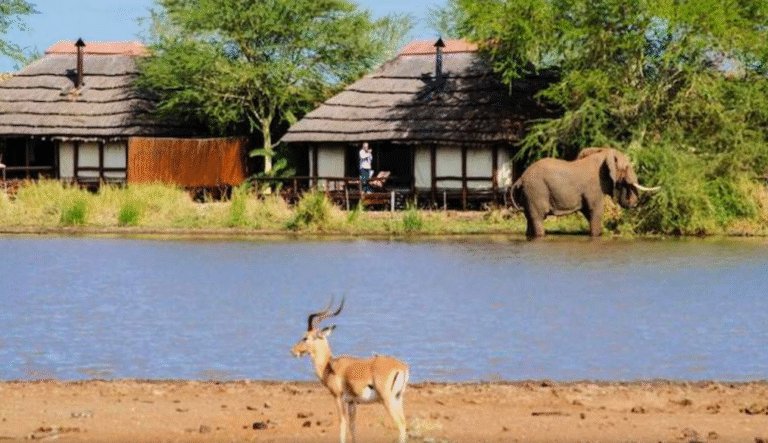
Finding a closed trail could be difficult. You may have been looking forward to a hiking trip or an outdoor adventure. However, if you come across a blocked trail, there are some steps you can take. Knowing what to do next can help you stay safe while also protecting the environment.
First, Stay Calm and Assess the Situation
If a trail is closed, stay calm. It might be because of bad weather, fixing work, or animals. Check the signs near the trail. They will tell you why it’s closed and may show other trails to use.
Check for Official Notices
Most paths have official signs at the entrances. These announcements will provide clear information regarding the closure. The notice may specify the dates and reasons for the closure. Some restrictions may be temporary, such as those following a storm. Others may be longer-term, particularly if there has been trail damage or wildlife activity. Always read these notices carefully before continuing your hiking plans.
Respect the Closure
Always respect a closed trail. They are there to keep people safe and protect nature. Going on a closed trail can be dangerous and might cause harm. Following the rules helps keep the trail in good shape for everyone to enjoy later.
Look for Detour Signs
Some closed trails have detour signs that point to an alternate route. These signs usually include arrows to provide direction. If you come across a detour, opt for it instead of the closed trail. Don’t disregard the signs or take shortcuts—they are there to guarantee your safety.
Use a Map or Trail App
If you find a trail closed, look at a map for help. Many parks have maps online, and apps like AllTrails or Gaia GPS are helpful too. These apps show trail maps and tell you which trails are closed. If you’re not sure where to go, the app can suggest other trails nearby.
Consider Your Safety
If you find a closed trail, think about your safety. There could be danger like flooding, loose ground, or wild animals. The danger might not be obvious at first. It’s better to be safe than take a risk.
Look for Alternative Trails
If a trail is closed and there’s no detour, look for a different trail to follow. The majority of parks feature multiple hiking trails. A different trail with similar views or level of difficulty can often be found. Utilize a map or application to search for alternative choices. Additionally, you can seek assistance from fellow hikers or park rangers.
Consider a Different Activity
If there isn’t another trail, consider doing something else you like. You might cycle, do some fishing, or observe birds. Consider visiting a nearby town, park, or picturesque location as well. Modifying your plans can assist you in uncovering new activities you enjoy.
Report the Issue if Needed
If you find a closed trail without clear signage, please report it. Inform Park officials about the issue. They may be unaware of missing or ambiguous signage. Reporting closures or hazards helps to keep the trails safe for all. Visitors often assist park staff in identifying concerns.
Understand the Reasons for Closure
There are legitimate reasons for shutting down trails. Bad weather like storms, fires, or floods can damage them. Certain trails are shut down to safeguard animals or plants. It is possible that they will close during times of animal reproduction. This understanding helps you to tend to nature and plan your hike in a smart and easy way.
Be Patient and Return Later
If a trail is closed for a short time, check for updates—some closures don’t last long. Details about closures are frequently available on the websites or social media pages of parks. When it reopens, you can enjoy the trail safely. A bit of patience can make a hiking experience safe and enjoyable at times.
Stay Prepared for Trail Closures
Look at the trail’s condition before you go hiking. Many parks offer details about closures on their websites. Using apps and a trail map can help you avoid surprises. Being aware in advance helps you steer clear of difficulties during hikes. Being prepared helps you handle any trail conditions that may come up.

It can be sad to find a closed trail, but staying flexible is important. Observe the closure, look for alternatives, and give priority to safety at all times. If a trail is closed, it doesn’t mean your trip is over. A solid plan allows you to enjoy your day nonetheless. Keep yourself updated, ensure your safety, and enjoy hiking responsibly.
FAQ’s
- Why are some trails closed?
- How can I know if a trail is closed before I go?
- What should I do if I find a closed trail?
- Can I ignore a trail closure if I think it’s safe?
- How can I report a trail that’s closed without clear signage?

